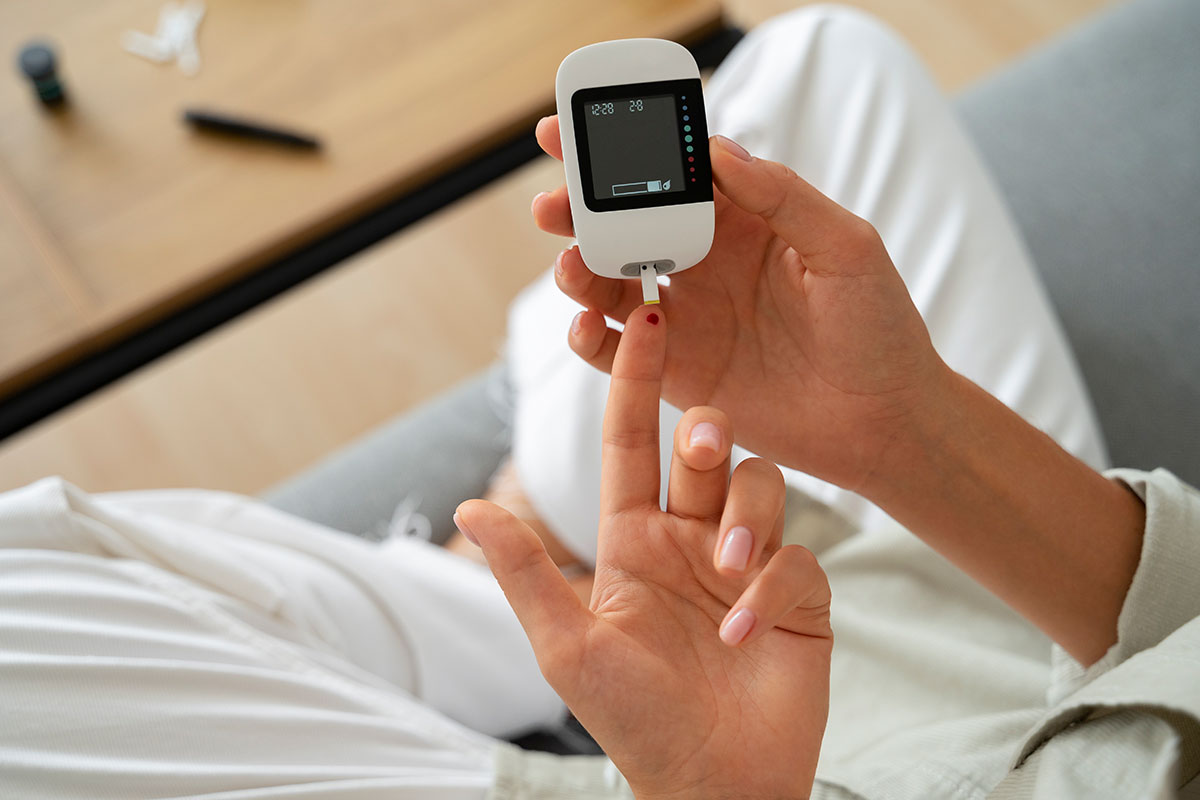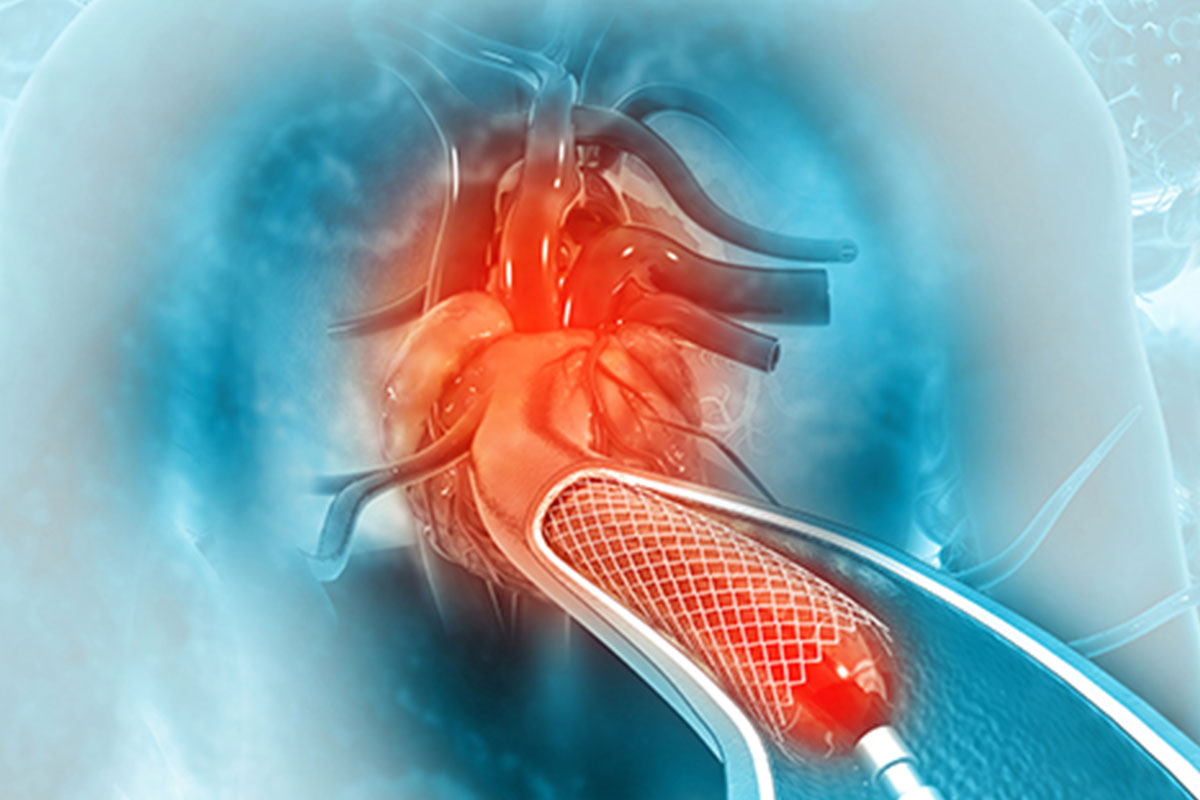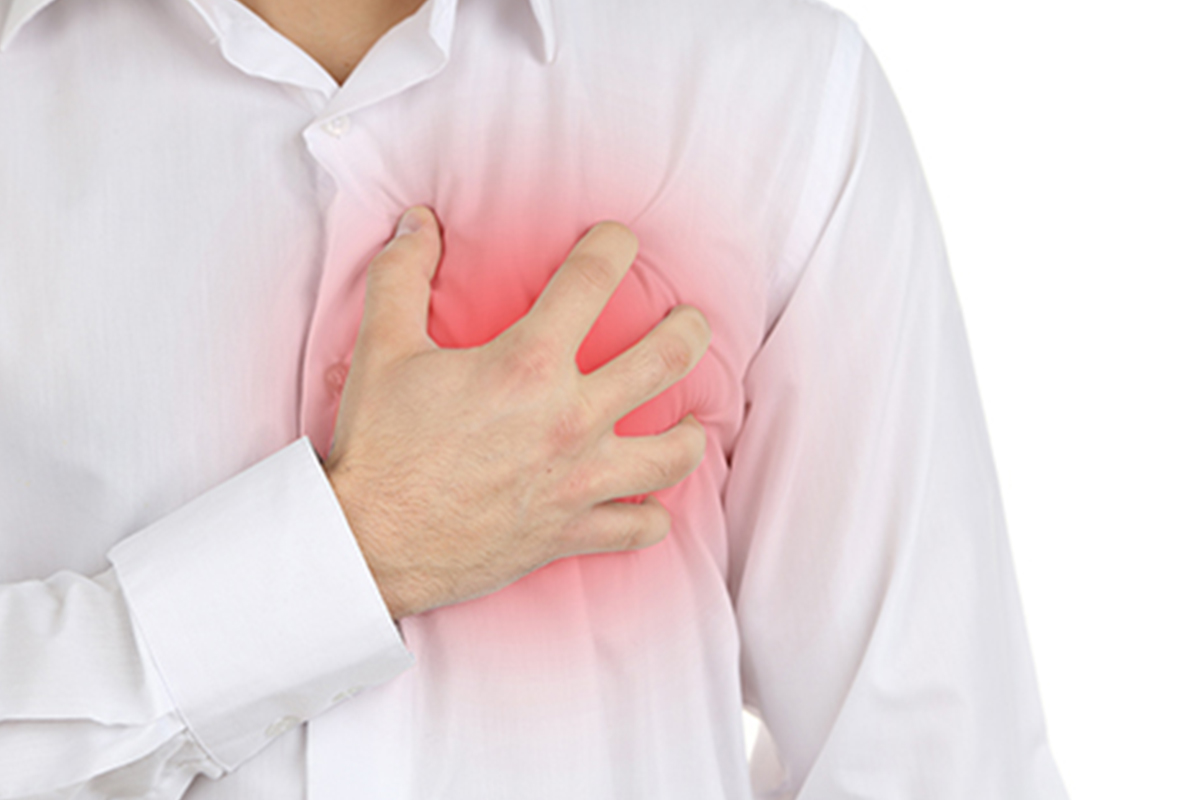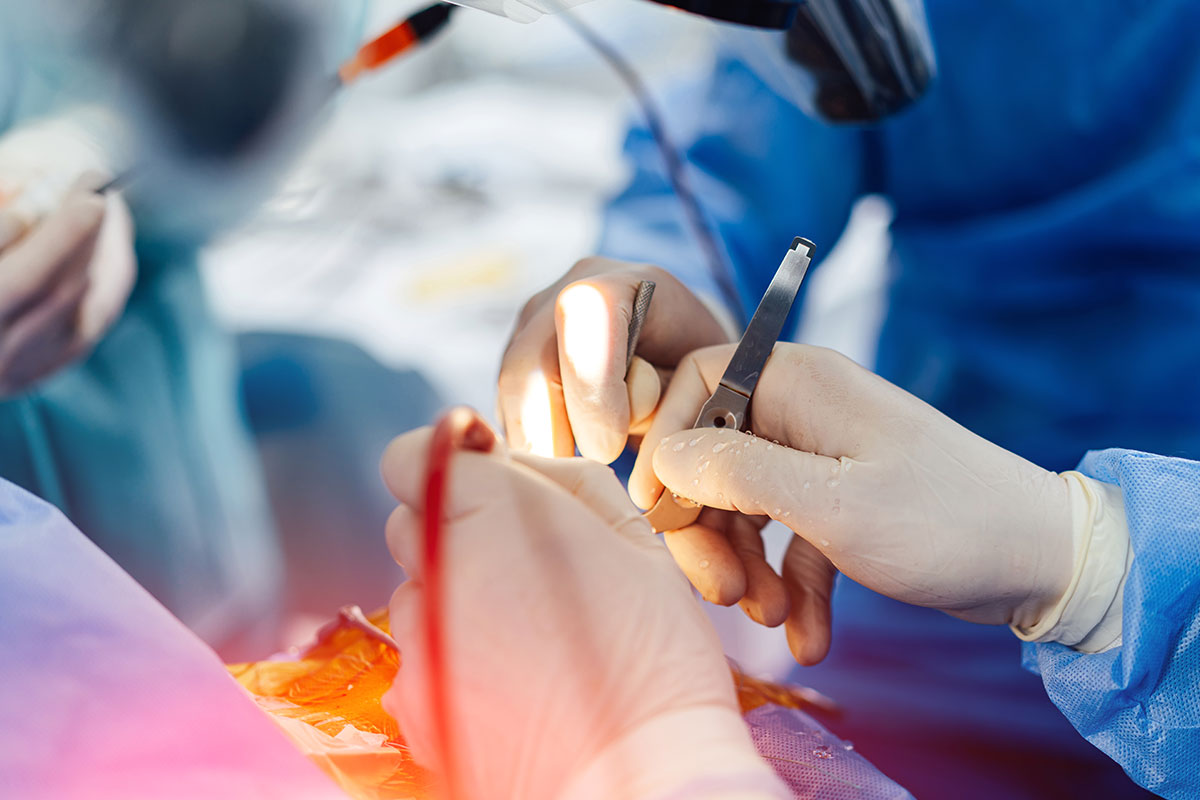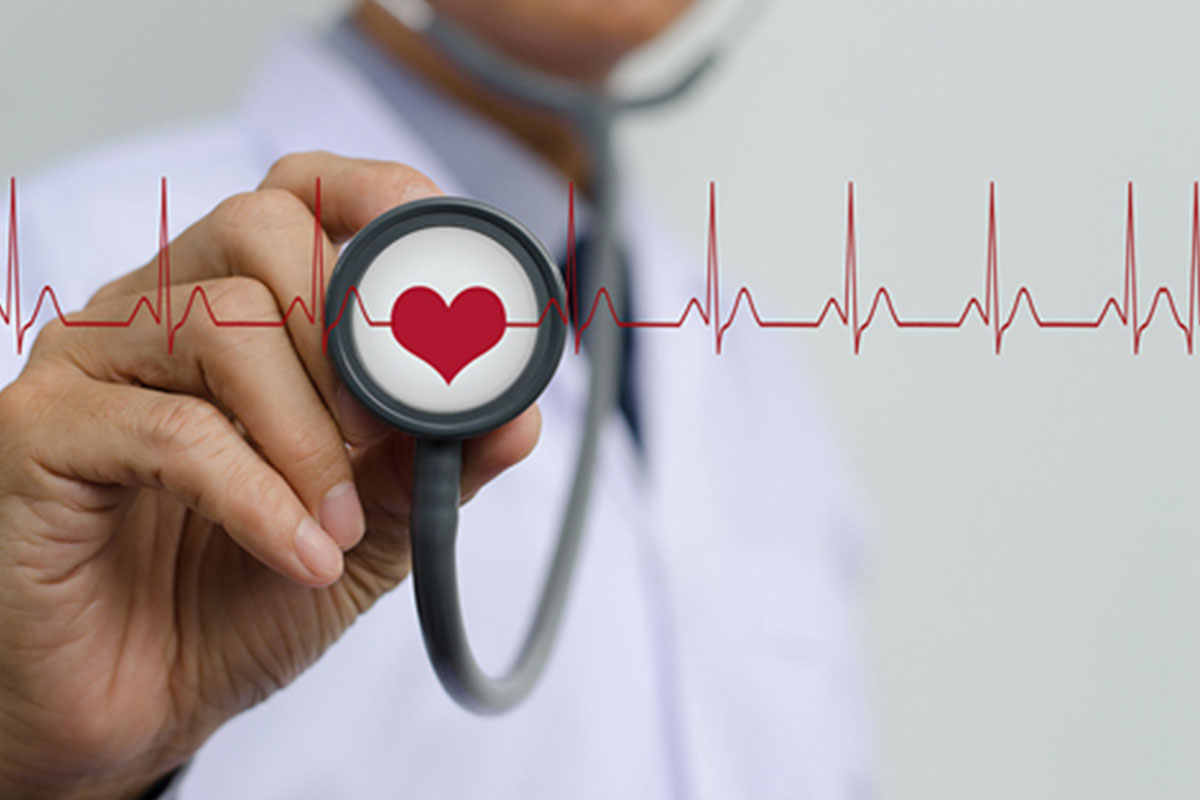
A recipe to allay fears of cardiac patients keeping away from hospitals for fear of COVID
By Dr. Sanjay Chugh in Cardiology
Sep 18, 2020
In the current COVID times, even at the risk of deterioration of their cardiac condition and of developing complications; patients are keeping away from hospitals because of fear of contracting COVID.
Of the many competing minimally invasive therapies; some are better than others because technologies which require shorter stay in-hospital are associated with lesser staff –patient interaction, thus reducing risk of COVID cross- infection.
It is important for people to be aware of various available options for heart treatment, so that they can choose the best option for themselves; rather than avoid taking treatment altogether, for fear of getting COVID.
Heart treatment commonly involves angiography (a test to detect blockages) or angioplasty of heart arteries (opening of blocked arteries with balloon and stent).
Robotic angioplasty has been done in a town in Gujarat many miles away, by an operator sitting at robotic controls in Ahmedabad.
But this is not a feasible practice because it is investigationaland has limitations.
Robotic heart bypass, prostatic surgery or angioplasty with the operator sitting at the robot`s controls in the adjoining room are more feasible and have been done too. Ofcourse , trained personnel are still required in the operating room to attend to the patient and to fulfil other procedural requirements.
Again, use of Robotics for angiography or angioplasty is still experimental and increases cost several fold. Moreover, is it worth going Robotic for all cases, to minimize contact with staff, to reduce risk of cross-infection in COVID times? Maybe it is; but it isn’t realistic or dependable or established.
So what alternative feasible options do we have?
There are 2 ways toreach the heart for performing angiography (a test to detect blockages) or to treat the blockages of heart arteries with angioplasty(opening of blocked arteries with balloon and stent). The first is Via hand: called `Radial` while the second method is to reach the heart through the groin or `femoral`.
Coronary angiography and angioplasty performed via the wrist or back of hand, is popular worldwide, not only because patient comfort is more;since patients can sit-up, have food and can bemobilized immediately after procedure, but also, more importantly, because risk of bleeding complications and risk of death is less, especially in patients with heart- attacks.
In COVID times, with a shorter hospital stay and reduced contact time with staff before during and after procedures, the risk of cross-infection is lower with angiography and angioplasty performed through hand (radial) compared to that performed via groin(femoral)!
Further, following a `radial` angiography or angioplasty, a wrist or hand bandage is applied to stop bleeding from the puncture site that is used to reach the heart. Hence theroutine stable patients can be sent away to a lounge or an open airy space in the hospital, with recliners and sofas, maintaining social distancing. This lounge can be supervised by nurses where patients can be watched and monitored before discharge after 3 hours of an angiogram. After angioplasty, stable patients can be sent home after 12 h in hospital. Even patients with heart attack who ae stable can be discharged by 48 h. Hence,contact between staff and patient is minimized. On the contrary manual compression is used to stop bleeding after angiography or angioplasty via groin thus increasing mutual contact between staff and patients. Such patients necessarily go to a ward/ intensive care unit (ICU)because the patients have to lie supine for at least 6 h after angiogram and 12 h after angioplasty via the groin ! And wards/ICUs are often congested.
Further,with procedure viathe groin (Femoral), even if all goes well, about 12 h stay are required after angiogram and 48 h after angioplasty. God forbid, if life-threatening bleeding complications occur, which is not uncommon, and is 3% even in best hands, prolongation of in-hospital stay increases cost, as well as staff-patient interaction, and therebyfear of cross-infection in COVID times.
Hence radial access is a better option for patients and staff in COVID times.
What are the groin complications that may require prolonged in hospital stay?
Bleeding complications requiring blood transfusion or surgery; and prolonged compression of groin to seal off `pseudo-aneurysms`, which are outpouchings in the groin artery due to a tear in the artery.
Can these happen with radial?
These happen only with use of groin for heart procedures and are extremely rare with radial.
Femoral access for angiography and angioplasty should be avoided whenever possible because not only is it associated with higher risk of bleeding complications and death; it also requires manual compression for hemostasis. Further, with higher risk of complications they have the potential to increase cost as well as in-hospital stay. The latter is also associatedwith increased contact with other healthcare personnel, and patients and hence greater fear of cross-infection.
Not so with radial procedures by hand.
Radial is thus more economical than femoraland impacts outcomes favorably
Yet, because of lack of training, skills and experience , currently in India, only 30-40% of routine angioplasty and only 2% of angioplasty in heart attacks, in the country are being performed through wrist or hand. Angioplasty via wrist or hand is still a small percentage of total angioplasties even in National capital region (NCR) of Delhi, which includes Gurgaon, Noida, Ghaziabad and 4zones of Delhi; though it is much higher in Southern India. The reasons are resistance by some established cardiologists, because of its learning curve for operators. In addition, lack of demand by patients due to their lack of awareness.
But COVID TIMES dictate greater usage of this life saving technique!
In conclusion, we aren’t quite ready with the robot yet!
And, in COVID TIMES, while it is imperative to minimize contact and hence exposure between staff and patients, Radial angiography and angioplasty have relevant advantages over femoral . Avoidance of femoral will help minimize risk of cross- infection and also keep patients safe with reduced bleeding complications, and lower risk of death. It will also save money. Early ambulation, and discharge are additional bonuses for patients undergoing angiography and angioplasty via hand rather than groin.




